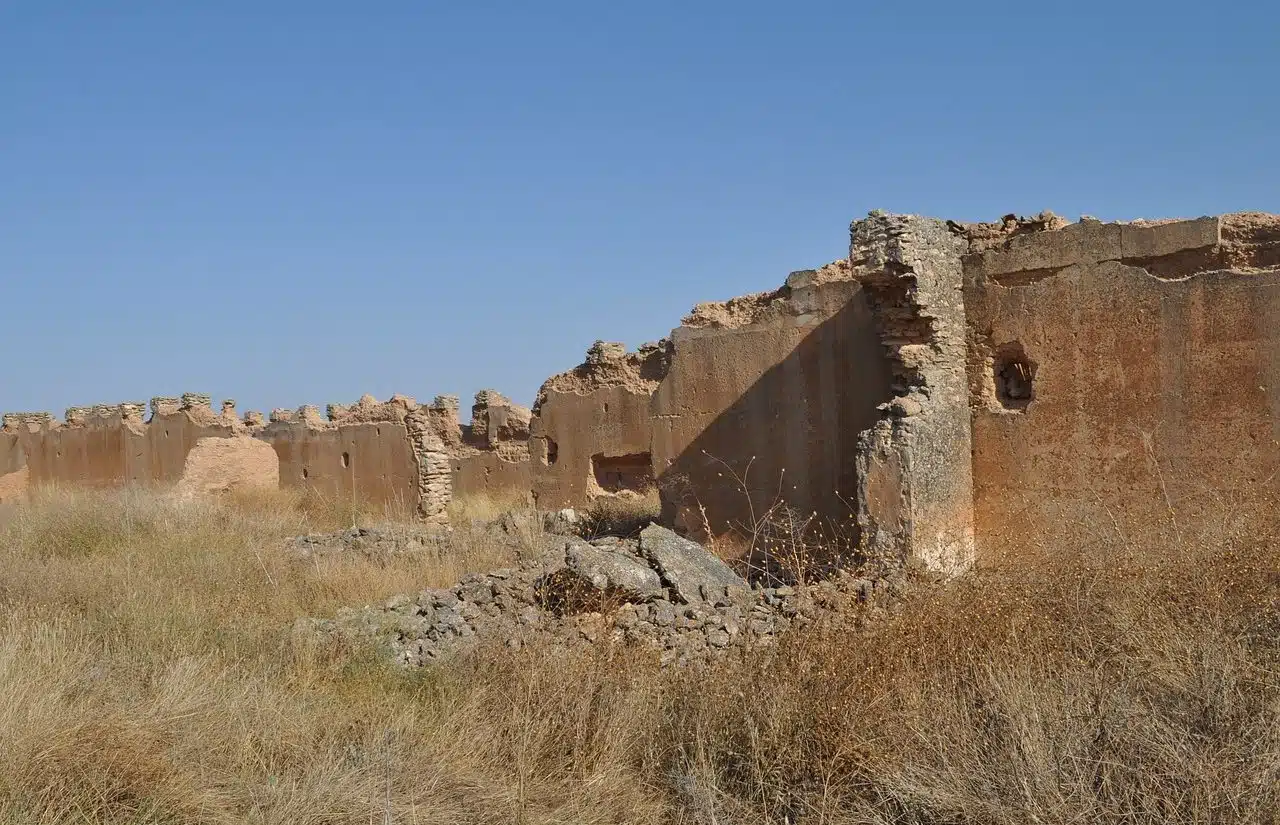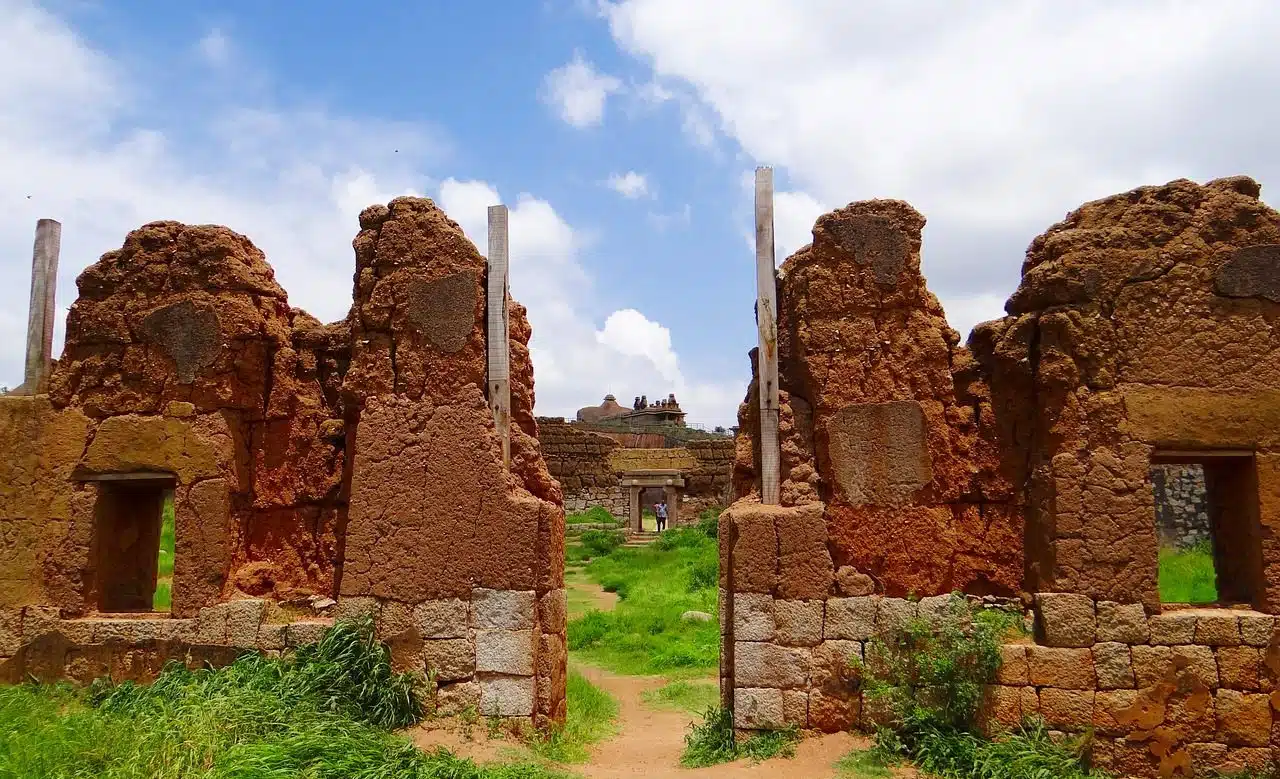
A rammed earth is a wall that is made with kneaded earth.
Tapial is a concept with several uses. It may be the wall that is built with kneaded earth or the mold that allows one of these walls to be developed, also known as tapias .
The rammed earth walls are walls formed with clay soil that is compacted through the system known as formwork . With wooden planks or metal plates arranged in parallel, soil is introduced between them. The soil is compacted with the help of a tool known as a tamper . Then the position of the formwork is changed until the wall is formed.
Once the process is completed, the rammed earth is dried in the sun. Finally, windows and doors are developed using a chisel (an instrument used to carve various materials).
Characteristics of a rammed earth
The rammed earth is characterized by its ability to conserve heat or cold as it is an effective insulator. It also offers good acoustic insulation. Among the negative points of rammed earth, it should be noted that they tend to crack over time .
It is possible to find buildings with rammed earth in various countries, such as Spain , Argentina , Brazil , Paraguay , Morocco and Iran . Since their construction does not require advanced technology , rammed earth is quite economical.

A rammed earth is considered to be a sustainable construction.
Sustainable constructions
It is worth mentioning that rammed earth is one of the preferred options of those who pursue sustainable construction; that is, the one that reduces the environmental impact caused by the building, use and demolition processes. The reasons that make rammed earth so convenient are several; Firstly, it can be built with various materials, all of them cheap and easy to obtain. On the other hand, it does not require machines to complete the process, since it could be considered artisanal.
Despite not being the most suitable method for large constructions, rammed earth offers sufficient resistance for a building of about three floors. This is because the walls can be made with considerable thickness and fortified with certain additives, among which are straw (which serves to make it more stable), small stones, sticks or reeds (which increase its resistance and, in the case of reeds, the elasticity of the wall without adding too much weight).
Advantages and disadvantages of a rammed earth
Water is one of the main enemies of rammed earth, since this type of wall absorbs it very easily . For this reason, one of the most widespread tips to combat degradation is to place the wall on a stone base; In this way it is possible to extend the stability of the structure.
In addition to insulation against cold, heat and noise, the rammed earth has other advantages worth mentioning: it is not flammable; It is very resistant to impact; it isolates high-frequency electromagnetic radiation and, consequently, protects living beings from its negative effects; Prevents excess humidity inside the construction .
Other considerations
Regarding the etymology of the word tapial, which leads us to tapia , it is very interesting to discover that some scholars point to an onomatopoeia; The word that we use today as a synonym for a wall built to contain land may have pre-Roman origins and may have emerged from the word "tap!" , which imitated the sound produced when materials are kneaded during their manufacturing. The oldest evidence of the term in a document dates from 1109 .
Finally, it should be noted that Tapiales is the name of a town located in the Argentine province of Buenos Aires . Belonging to the La Matanza District , it was founded in 1902 and currently has more than 15,000 inhabitants . Among the famous tapialenses are the football technical director and former player Ricardo Gareca , the former tennis player Guillermo Cañas , the cyclist Walter Pérez and the singer “Pato” Fontanet .
